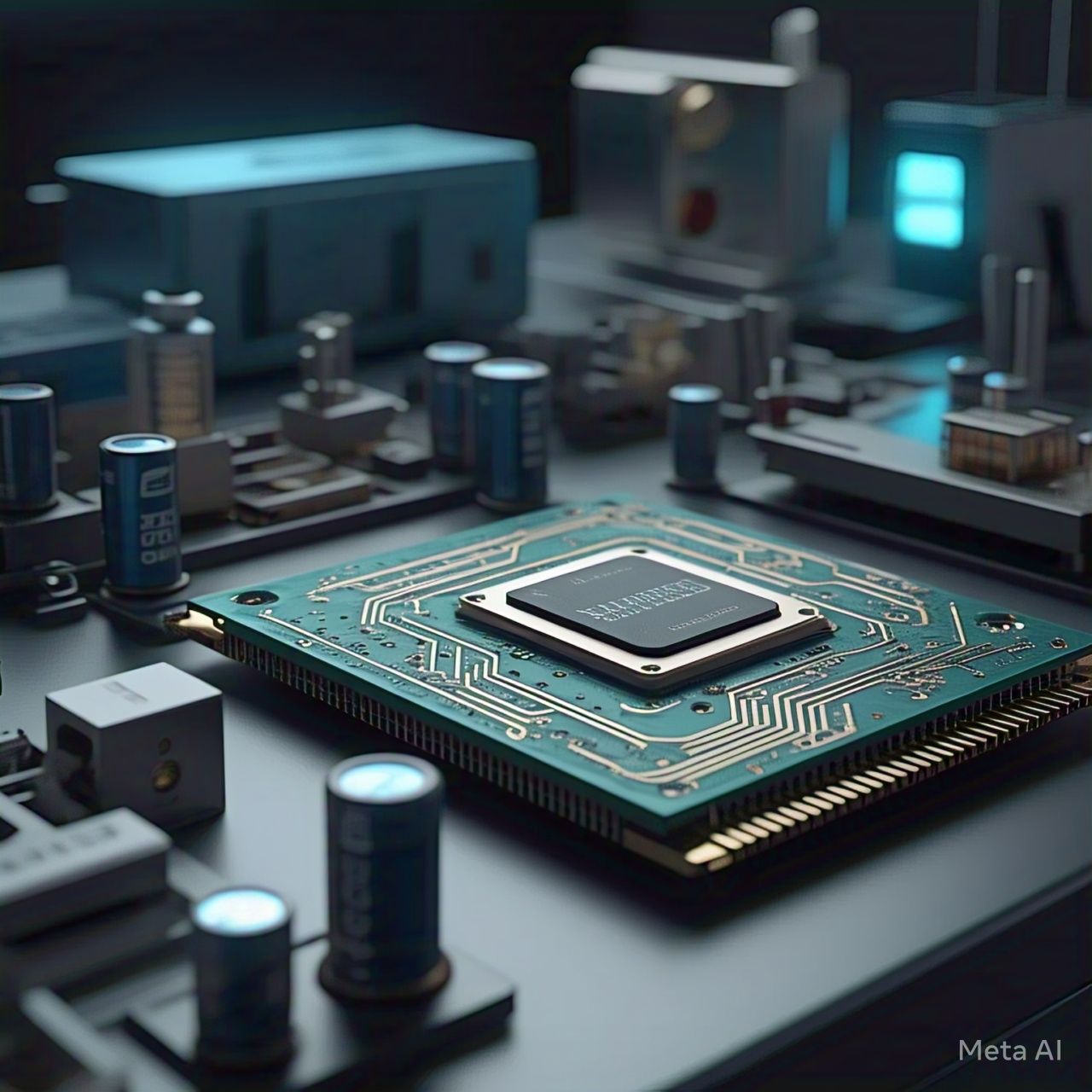Table of Contents
- Introduction
- Understanding Mental Disorders
- Historical Perspectives on Mental Health Treatment
- The Modern View of Mental Disorders
- Innovations in Mental Health Treatment
- 5.1 Psychotherapy Advances
- 5.2 Pharmacological Treatments
- 5.3 Digital and Telehealth Interventions
- 5.4 Holistic and Integrative Therapies
- The Role of Technology in Mental Health
- Challenges and Ethical Considerations
- The Stigma Surrounding Mental Illness Today
- Future Directions in Mental Health Treatment
- Conclusion
- FAQs
Introduction
Mental health has become a central issue in global health discussions in the 21st century. The evolving understanding of mental disorders has transformed the ways societies approach diagnosis, treatment, and support. No longer dismissed as mere “nervous conditions” or personal failings, mental disorders are now widely recognized as complex medical issues with biological, psychological, and social dimensions.
According to the World Health Organization (WHO), one in eight people globally lives with a mental disorder, ranging from mild anxiety to severe depression and schizophrenia (WHO, 2022). As the understanding of mental health deepens, so too do the strategies for treatment and prevention. This article explores how mental health perspectives and treatments are changing in the 21st century.
Understanding Mental Disorders
What Are Mental Disorders?
Mental disorders, also known as psychiatric disorders or mental illnesses, refer to a broad range of conditions that affect mood, thinking, and behavior. Common mental disorders include depression, anxiety disorders, bipolar disorder, schizophrenia, and eating disorders (American Psychiatric Association, 2013).
Prevalence
| Disorder | Global Prevalence (%) |
|---|---|
| Depression | 3.8% |
| Anxiety Disorders | 3.6% |
| Bipolar Disorder | 0.6% |
| Schizophrenia | 0.3% |
| Eating Disorders | 0.7% |
Source: WHO, 2022
Historical Perspectives on Mental Health Treatment
Ancient and Medieval Approaches
Historically, mental illness was often misunderstood. Ancient societies attributed mental disorders to spiritual possession or moral failing. Treatments ranged from exorcisms to trephination—drilling holes in the skull to “release spirits” (Scull, 2015).
The Asylum Era
By the 18th and 19th centuries, asylums became widespread. Although initially intended as places of refuge, overcrowding and poor conditions led to significant abuses (Shorter, 1997).
Psychoanalysis and Early Psychotherapy
Sigmund Freud introduced psychoanalysis in the early 20th century, emphasizing the unconscious mind’s role in mental illness (Freud, 1917). This period also saw the rise of talk therapies.
The Modern View of Mental Disorders
Today, mental disorders are understood through the biopsychosocial model, which considers biological, psychological, and social factors in mental health (Engel, 1977).
- Biological: Genetics, brain chemistry, and neuroanatomy
- Psychological: Personality, coping skills, and trauma
- Social: Environment, culture, and relationships
The Diagnostic and Statistical Manual of Mental Disorders (DSM-5) and the International Classification of Diseases (ICD-11) offer standardized criteria for diagnosis (APA, 2013; WHO, 2022).
Innovations in Mental Health Treatment
5.1 Psychotherapy Advances
Cognitive Behavioral Therapy (CBT), Dialectical Behavior Therapy (DBT), and Acceptance and Commitment Therapy (ACT) have become gold standards in treating a range of mental health conditions.
- CBT helps individuals identify and change negative thought patterns (Beck, 2011).
- DBT incorporates mindfulness and emotional regulation, particularly effective for borderline personality disorder (Linehan, 2014).
- ACT focuses on accepting difficult emotions while pursuing meaningful actions (Hayes et al., 2011).
5.2 Pharmacological Treatments
Antidepressants, mood stabilizers, antipsychotics, and anxiolytics remain crucial in managing psychiatric conditions. Newer medications, like esketamine nasal spray, offer hope for treatment-resistant depression (FDA, 2019).
- Selective Serotonin Reuptake Inhibitors (SSRIs)
- Serotonin-Norepinephrine Reuptake Inhibitors (SNRIs)
- Atypical Antipsychotics
- Mood Stabilizers like Lithium
5.3 Digital and Telehealth Interventions
Teletherapy and mental health apps have made treatment more accessible. Platforms like BetterHelp and Talkspace connect patients with licensed therapists via smartphones and computers.
Apps like Headspace and Calm offer guided meditation and stress reduction techniques, supplementing traditional therapy.
5.4 Holistic and Integrative Therapies
- Mindfulness-Based Stress Reduction (MBSR)
- Yoga and Meditation
- Nutritional Psychiatry: Diet’s role in mental health (Sarris et al., 2015)
- Exercise and Physical Health: Regular exercise can significantly reduce symptoms of depression and anxiety (Schuch et al., 2016).
The Role of Technology in Mental Health
Artificial Intelligence (AI)
AI-powered chatbots like Woebot offer cognitive-behavioral therapy principles in interactive formats (Fitzpatrick et al., 2017).
Virtual Reality (VR)
VR therapy is used to treat PTSD and phobias through controlled exposure (Maples-Keller et al., 2017).
Neurofeedback and Brain Stimulation
- Transcranial Magnetic Stimulation (TMS) and Electroconvulsive Therapy (ECT) are effective for treatment-resistant depression (George et al., 2010).
- Deep Brain Stimulation (DBS) offers hope for severe OCD and depression (Mayberg et al., 2005).
Challenges and Ethical Considerations
Access and Equity
Despite technological advances, many regions lack access to quality mental health services. WHO estimates that over 75% of people with mental disorders in low-income countries receive no treatment (WHO, 2022).
Privacy and Data Security
With the rise of telehealth and apps, concerns about data security and patient privacy have grown.
Over-Reliance on Medications
There’s an ongoing debate about the medicalization of normal emotional states and over-prescription of psychotropic drugs.
The Stigma Surrounding Mental Illness Today
Despite progress, stigma remains a significant barrier. Campaigns like “Time to Change” in the UK and NAMI’s StigmaFree movement in the US are working to normalize conversations around mental health (Thornicroft et al., 2016).
Key Points
- Internalized stigma can prevent people from seeking help.
- Structural stigma limits funding and policy support for mental health care.
Future Directions in Mental Health Treatment
Precision Psychiatry
Tailoring treatments based on genetics, biomarkers, and patient data is gaining traction.
Psychedelic-Assisted Therapy
Substances like psilocybin and MDMA are showing promise for PTSD, depression, and addiction treatment in controlled clinical trials (Carhart-Harris et al., 2016).
Integrative Health Models
Combining conventional, complementary, and lifestyle interventions for a holistic approach.
Conclusion
The 21st century has ushered in a more compassionate and scientifically informed approach to understanding and treating mental disorders. Innovations in psychotherapy, pharmacology, and technology, combined with a focus on holistic well-being, are transforming mental health care.
But challenges remain—chiefly in addressing stigma, ensuring equitable access, and balancing technological advances with ethical concerns. As we look to the future, the focus must remain on patient-centered care, guided by both empathy and evidence-based practice.
FAQs
1. What is the most common mental disorder in the world?
Answer: Depression is the most common, affecting an estimated 3.8% of the global population (WHO, 2022).
2. How has technology improved mental health treatment?
Answer: Technology has expanded access to therapy through telehealth platforms, apps, and AI tools, and enhanced treatment with VR therapy and brain stimulation techniques.
3. Are mental health apps effective?
Answer: Apps like Headspace and Woebot show promise for mild to moderate symptoms, though they are best used alongside professional care (Fitzpatrick et al., 2017).
4. What is psychedelic-assisted therapy?
Answer: This involves using controlled doses of psychedelic substances, like psilocybin or MDMA, in therapeutic settings for conditions like PTSD and depression (Carhart-Harris et al., 2016).
5. What are the biggest challenges in mental health care today?
Answer: Stigma, lack of access to services, over-reliance on medication, and privacy concerns with digital platforms remain significant challenges.
References
- American Psychiatric Association. (2013). Diagnostic and Statistical Manual of Mental Disorders (DSM-5).
- Beck, J. S. (2011). Cognitive Behavior Therapy: Basics and Beyond.
- Carhart-Harris, R. L., et al. (2016). “Psilocybin with psychological support for treatment-resistant depression: an open-label feasibility study.” The Lancet Psychiatry.
- Engel, G. L. (1977). “The need for a new medical model: a challenge for biomedicine.” Science.
- Fitzpatrick, K. K., et al. (2017). “Delivering Cognitive Behavior Therapy to Young Adults With Symptoms of Depression and Anxiety Using a Fully Automated Conversational Agent (Woebot): A Randomized Controlled Trial.” JMIR Mental Health.
- George, M. S., et al. (2010). “Daily left prefrontal transcranial magnetic stimulation therapy for major depressive disorder: a sham-controlled randomized trial.” Archives of General Psychiatry.
- Hayes, S. C., et al. (2011). Acceptance and Commitment Therapy, Second Edition: The Process and Practice of Mindful Change.
- Linehan, M. (2014). DBT Skills Training Manual.
- Maples-Keller, J. L., et al. (2017). “The Use of Virtual Reality Technology in the Treatment of Anxiety and Other Psychiatric Disorders.” Harvard Review of Psychiatry.
- Sarris, J., et al. (2015). “Nutritional medicine as mainstream in psychiatry.” The Lancet Psychiatry.
- Scull, A. (2015). Madness in Civilization: A Cultural History of Insanity.
- Shorter, E. (1997). A History of Psychiatry.
- Thornicroft, G., et al. (2016). “Evidence for effective interventions to reduce mental-health-related stigma and discrimination.” The Lancet.
- World Health Organization (WHO). (2022). World Mental Health Report.




